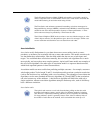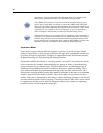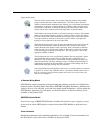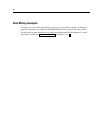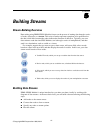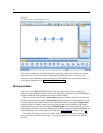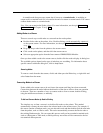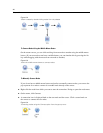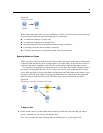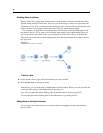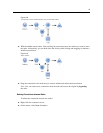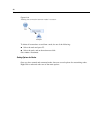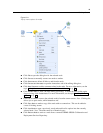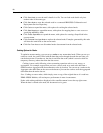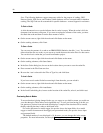
45
Building Streams
Figure 5-5
Connected nodes
When connecting nodes, there are several guidelines to follow. You will receive an error message
if you attempt to make any of the following types of connections:
A connection leading to a source node
A connection leading from a terminal node
A node having more than its maximum number of input connections
Connecting two nodes that are already connected
Circu larity (data returns to a node from which it has already flowed)
Bypassing Nodes in a Stream
When you bypass a node in the data stream, all of its input and output connections a r e replaced by
connec tions that lead directly from its in put nodes to its output nodes. If the node d oes not have
both input and output connections, then all of its connections are deleted rather than rerouted.
For example, you might have a stream that derives a new fie ld, filters fields, and then explores
the results in a histogram and table. If you want to also view the same graph a nd table for data
before fields are filtered, you can add either new Histogram and Table nodes to the stream, or you
can bypass the Filter node. When you bypass the Filter node, the connections to the graph and
table pass directl y from the Derive node. The Filter node is disco nnected from the stream.
Figure 5-6
Bypassing a previously connected Filter node
To Bypass a Node
E On the stream canvas, use the middle mouse button to double-click the node that you want to
bypass. Alternatively, you can use Alt+double-click.
Note: You can undo this acti on clicking Undo on the Edit menu or by pressing Ctrl+Z.



